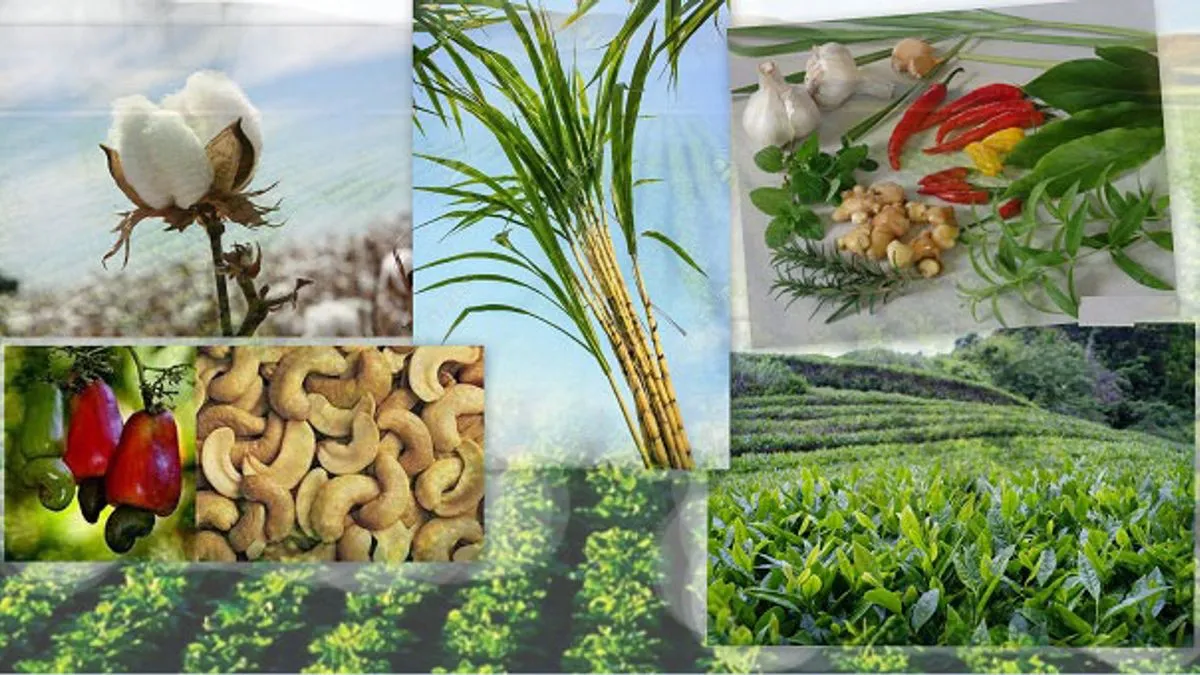A team of experts sponsored by the Ford Foundation was invited by the Government of India in the latter half of the Second Five Year Plan to suggest ways and means to increase agricultural production and productivity. On the basis of the recommendations of this team, the government introduced an intensive development programme in seven districts selected from seven States in 1960 and this programme was named Intensive Area Development Programme (IADP).
The period of mid-1960s was very significant from the point of view of agriculture. New high-yielding varieties of wheat were developed in Mexico by Prof. Norman Borlaug and his associates and adopted by a number of countries. Because of the promise of increasing agricultural production and productivity held by the new varieties of seeds, countries of South and South-East Asia started adopting them on an extensive scale.
This new 'agricultural strategy' was put into practice for the first time in India in the kharif season of 1966 and was termed High-Yielding Varieties Programme (HYVP). This programme was introduced in the form of a package since it depended crucially on regular and adequate irrigation, fertilizers, High-Yielding Varieties of seeds, pesticides and insecticides.
Impacts of Green Revolution
Increase in Production and Productivity
HYVP was restricted to only five crops - Wheat, Rice, Jowar, Bajra and Maize. Therefore, non-food grains were excluded from the ambit of the new strategy. Wheat has remained the mainstay of the Green Revolution over the years. Thanks to the new seeds, tens of millions of extra tonnes of grain a year are being harvested.
The Green Revolution resulted in a record grain output of 131 million tonnes in 1978/79. This established India as one of the world's biggest agricultural producers. Yield per unit of farmland improved by more than 30% between1947 (when India gained political independence) and 1979. The crop area under high yielding varieties of wheat and rice grew considerably during the Green Revolution.
The Green Revolution also created plenty of jobs not only for agricultural workers but also industrial workers by creating related facilities such as factories and hydroelectric power stations.
Deceleration in Agricultural Growth Rates in the Reform Period: After registering impressive performance during 1980s, the agricultural growth decelerated in the economic reform period (commencing in 1991). As is clear, the rate of growth of production of food grains fell from 2.9 per cent per annum in 1980s to 2.0 per cent per annum in 1990s and stood at 2.1 per cent per annum in first decade of the present century. The period since 1991, therefore, emerges as a kind of watershed at a time when growth in Indian agriculture, resurgent from the middle 1960s, was arrested.
Causes of Deceleration in Agricultural Growth: The main reasons for the deceleration in agricultural growth in the post-reform period have been:
- Significant deceleration in the public and overall investment in agriculture
- Shrinking farm size
- Failure to evolve new technologies
- Inadequate irrigation cover
- Inadequate use of technology
- Unbalanced use of inputs
- Decline in plan outlay
- Weaknesses in credit delivery system
Regional Dispersal of Green Revolution and Regional Inequalities
HYVP was initiated on a small area of 1.89 million hectares in 1966-67 and even in 1998-99 it covered only 78.4 million hectares which is just about 40 per cent of the gross cropped area. Naturally, the benefits of the new technology remained concentrated in this area only. Moreover, since Green Revolution remained limited to wheat for a number of years, its benefits mostly accrued to areas growing wheat.
- Interpersonal Inequalities: There seems to be a general consensus that in the early period of the green revolution, large farmers benefited much more from new technology as compared with the small and marginal farmers. This was not unexpected as the new technology called for substantial investments which were generally beyond the means of a majority of country's small and marginal farmers. Larger farmers have continued to make greater absolute gains in income because of lower costs per acre and by reinvesting earnings in non-farm and farm assets, including purchase of land from the smaller cultivators who could not make the transition to the new technology.
- The Question of Labour Absorption: Although there is difference of opinion amongst economists regarding the effects of new agricultural strategy on interpersonal inequalities and real wages of agricultural labourers, there is a general consensus that the adoption of new technology has reduced labour absorption in agriculture.
- Change in Attitudes: A healthy contribution of green revolution is the change in the attitudes of farmers in areas where the new agricultural strategy was practised. Increase in productivity in these areas has enhanced the status of agriculture from a low level subsistence activity to a money-making activity. The Indian farmer has shown his willingness to accept technical change in the pursuit of profit thus nullifying the age-long criticism against him that he is backward, traditional and unresponsive to the price and productivity incentives.
